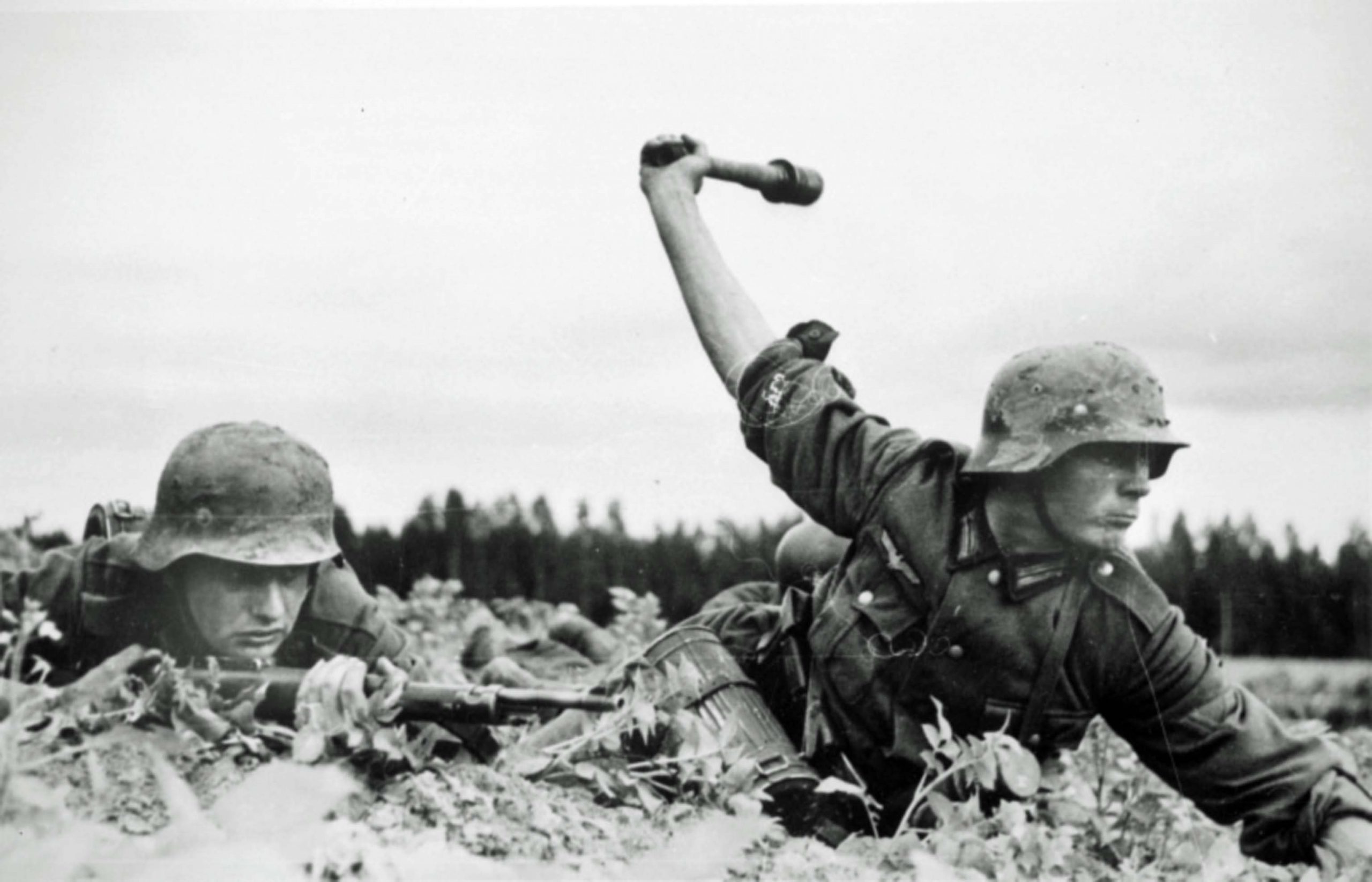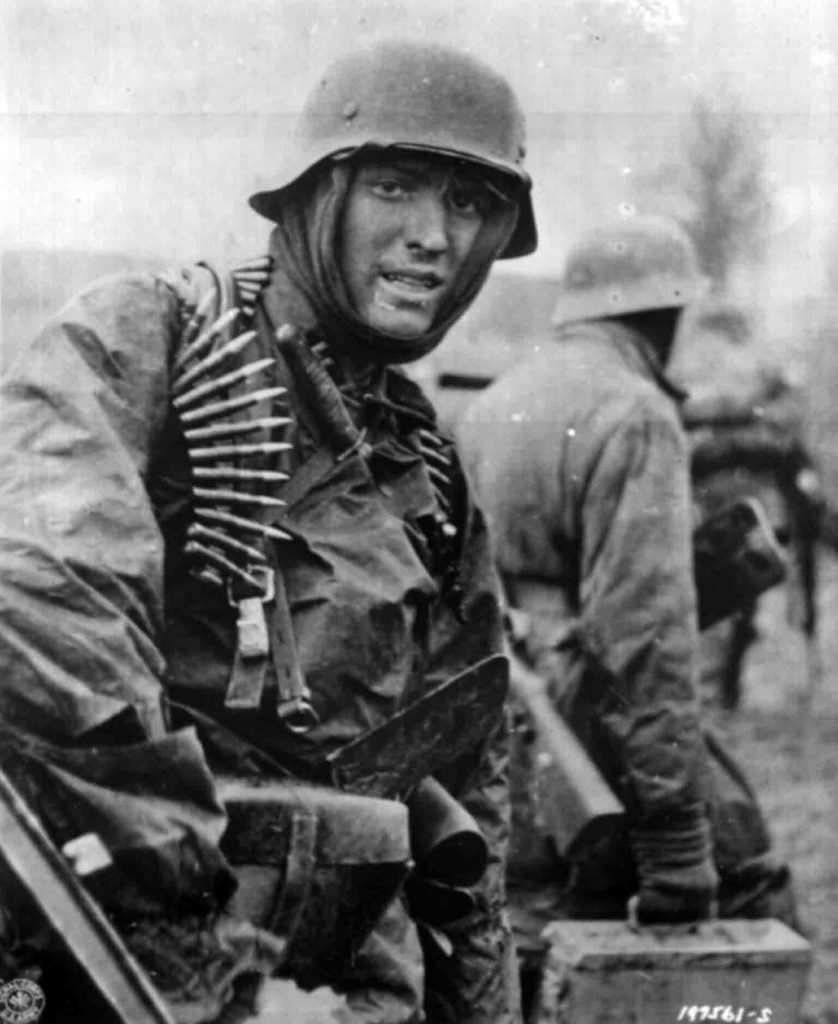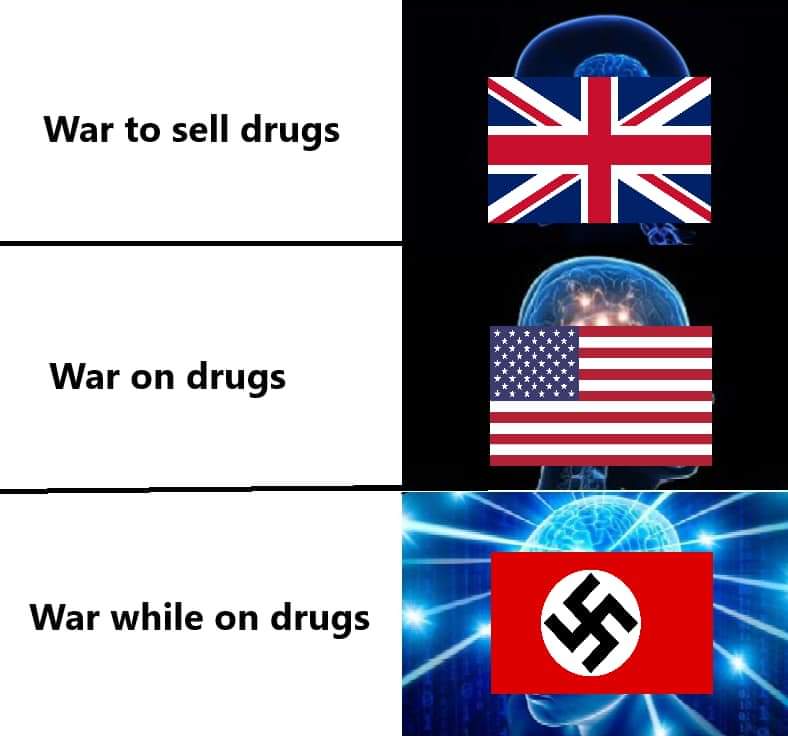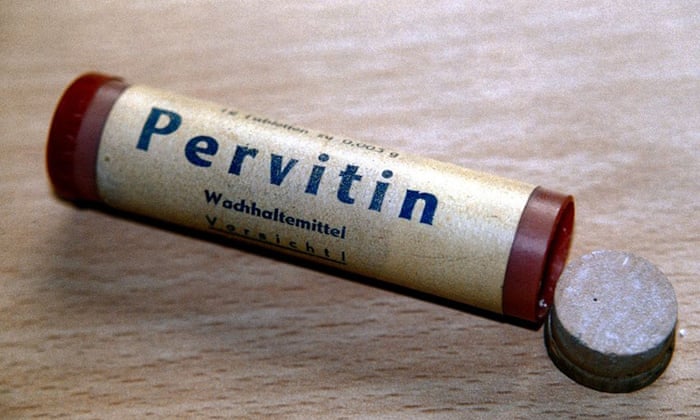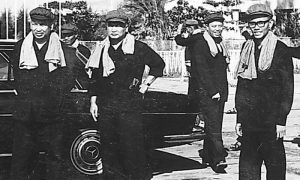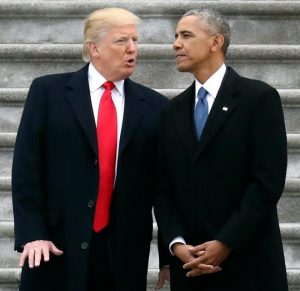From Russia’s flesh-eating drugs to smoking Hash in Afghanistan, Weird World Wire is fascinated by the world of drugs. After seizing power in 1933, the NSDAP of Third Reich Germany wasn’t all genocide and Hugo Boss uniforms, they enjoyed their drugs too. In this article, we’re going to look into the world of Nazi-era drugs.
To explore the story of Nazi era drugs, we have to go back to the First World War. The previously unseen level of carnage and gruesome warfare in WW1 led to a demand for opioids such as Morphine in order to treat pain and alleviate the psychological trauma of combat. Such drugs became a common feature of German life.
After the crushing defeat of WW1, the drugs naturally remained as a crude form of relief for pain and depression across the nation. As a result, the post-war Weimar government was tolerant of drug use which was prevalent amongst the German war veterans who needed it most and also had the easiest access to it. The Weimar government looked upon drug addiction as an easily treatable condition.
When the Nazis came to power, they adopted the same liberal attitude to such drug use amongst WW1 veterans and classed it as curable with some basic treatment. But there was an ulterior motive behind this as the Nazis had plans to implement drugs within their current armed forces.
As WW2 began in 1939, the Nazis initiated the revolutionary form of warfare known as Blitzkrieg which required serious bravery from German troops to conduct lightning warfare and crush enemy troops in the face of incoming fire.
The forces of the Wehrmacht, Waffen SS, and Luftwaffe were required to fight hard with little care for their own lives. To do so, they were given military grade pills made from methamphetamine and a cocaine-like stimulant. This drug was called Pervitin and greatly assisted the Germans in their rapid capture of Western Europe against a vastly unprepared, and undrugged enemy.
Pervitin combined the effects of amphetamine which are largely confidence, enhanced concentration, and the ability to take great risks with little care whilst limiting pain, hunger, and the desire to sleep. The Cocaine effects would overlap with amphetamine as well as provide a heightened sense of euphoria on the battlefield.
As the Allied forces and the Red Army began crushing the forces of the Third Reich from both sides, the decimated Wehrmacht began to rely heavier on drugs to fight the hopeless defense against their enemies. As a huge number of children were pulled into frontline service, Pervitin was vital to overriding their crushing fear and giving them the ability to fight the battle-hardened Red Army troops.
Interestingly, whilst drugs were given the all-clear by the Nazi high command, alcohol and tobacco were frowned upon both in military and civilian life. After hating tobacco for a long time, during the war the Nazi party updated its policy to include alcohol as they believed the consumption of alcohol and tobacco as diminishing the strength and purity of the “Aryan race.”
Of course, what dictatorships preach and do themselves are two very different things. Many high ranking Nazis smoked and Hitler himself was addicted to a smorgasbord of drugs including powder cocaine for a sore throat issued by his personal doctor Theodor Morell who was jokingly dubbed “The Reichsmaster of the Injections” by Hermann Göring, who was ironically a Morphine addict due to both WW1 injuries and a bullet wound he sustained during the infamous Beer Hall Putsch of 1923.
As WW2 drew to a bloody finale, Hitler was surrounded in his Berlin bunker and soon ran out of drug supplies. As a result, it’s claimed that he suffered from horrific withdrawals which led to rotten teeth, paranoia, and extreme shaking.
In post-war Germany, the depression of defeat that followed WW1 returned to the country again. As a result, Pervitin became a popular ‘pick me up’ and an appetite suppressant. Pervitin was available on the black market and as a prescription drug. As Germany moved on from the war, it became a popular drug for university students to be able to stay up all night and study as well as being able to party.
In the DDR, the drug was removed from circulation in the 1970s and the same was done in West Germany in the 1980s. Following reunification, the drug was made illegal. Today, Pervitin has found a new life in the form of crystal methamphetamine which has decimated large parts of the US population and is a primary focus of eradication in the US war on drugs.
